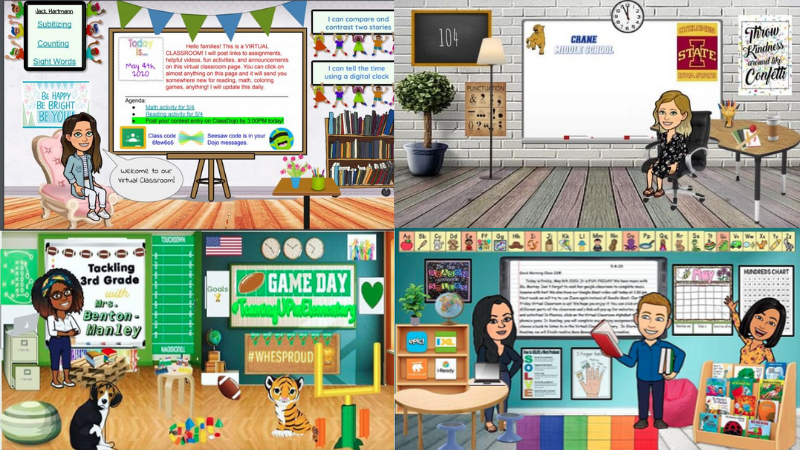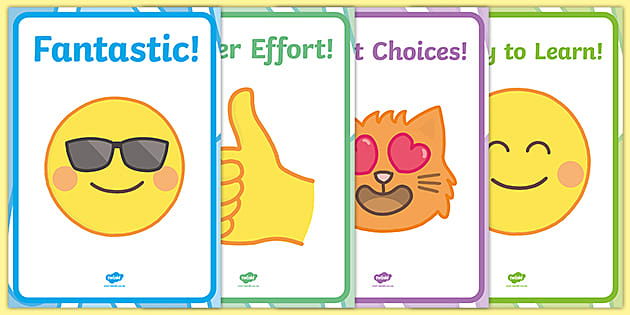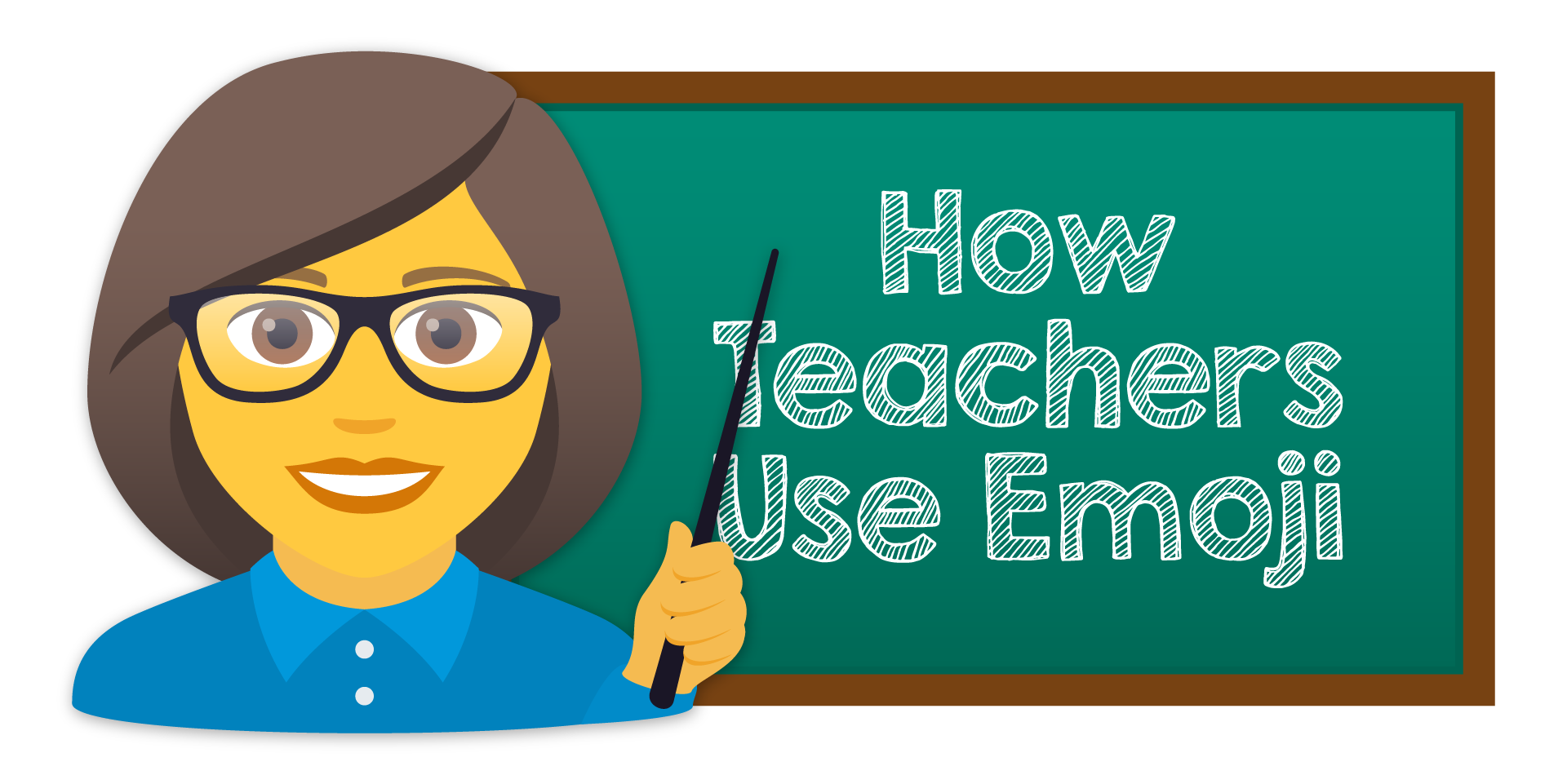Teachers and educators use emojis to make digital learning more engaging, fun, and relatable. From boosting student participation to giving feedback, emojis add a personal touch to classroom communication.
Why Emojis Matter in Education
In today’s online learning environment, communication needs to be clear, interactive, and human-centered. Traditional text can often feel boring or too formal, especially for digital-native students who are used to visuals and instant reactions. This is where emojis come in.
Teachers and educators are finding that emojis are more than just fun icons—they’re powerful tools to boost engagement, simplify communication, and build stronger teacher-student connections. From adding personality to lessons to checking in on student emotions, emojis can transform the way a digital classroom feels.
In this article, we’ll explore practical ways teachers can use emojis in education and how they can make remote or hybrid classrooms more effective.
How Emojis Improve Student Engagement
Students naturally respond better to visual cues compared to plain text. When a teacher adds emojis in digital platforms, the messages stand out and feel less robotic. Emojis can:
Add emotion and personality to reminders or announcements
Make deadlines and tasks more memorable
Highlight important instructions in a sea of text
Turn a boring classroom update into something students actually notice
Example: Instead of writing “Homework due Friday”, a teacher can write “Homework due Friday Don’t forget!”. This instantly grabs attention.
Emojis Help in Giving Feedback
Feedback is one of the most important aspects of teaching. But in digital classrooms, written comments can sometimes feel flat or even discouraging. Adding emojis makes feedback feel more positive, friendly, and motivating.
Examples:
- For good effort or well-done assignments
- For creativity and originality
- For improvement and progress
- For areas that need attention
- To suggest new ideas or better approaches
- To celebrate teamwork and collaboration
- For revisions or re-attempts needed
- To highlight outstanding performance
This way, feedback becomes quick to read and emotionally supportive, especially for younger students or ESL learners.
Emojis Make Online Classrooms More Interactive

Digital learning tools like Google Classroom, Microsoft Teams, or Zoom can sometimes feel too formal. Adding emojis can lighten the mood and encourage more interaction. Teachers can use them in:
- Class announcements to set the tone (e.g.,“Quiz results are out!”)
- Polls and quizzes to make them less intimidating
- Icebreaker questions where students respond with emojis
- Discussion boards to encourage creative expression
By adding emojis strategically, teachers create a classroom that feels more relaxed and welcoming.
Emojis in Subject-Specific Teaching
Emojis can also be tailored to different subjects, making lessons more relatable and fun.
- Science teachers 🧪🌍🌱 can use lab, planet, or leaf symbols in slides
- Math teachers ➗➕🔢 can use numbers, fractions, or shapes
- English teachers 📖✍️📚 might use book and writing-themed icons
- History teachers 🏛️📜🗺️ can highlight timelines and events with relevant emojis
- Art teachers 🎨🖌️🌈 can add creative and colorful emojis to inspire students
This creates visual connections to subject matter, making it easier for students to remember.
Emojis Support Emotional Check-ins
One of the hardest parts of remote learning is understanding how students feel. Since teachers don’t see their students in person every day, emojis can become quick emotional check-in tools.
Ways to use them:
- Ask “How are you feeling today?” and let students answer with an emoji 🌞😐😴😢
- Use quick polls where students click on an emoji that matches their energy level
- Let students express excitement, nervousness, or curiosity during lessons with emojis
This helps teachers identify students who might need extra support or encouragement.
Emoji Guidelines for Teachers
While emojis can be powerful, they should be used professionally and appropriately. Here are some tips:

- Use them in moderation—too many can look messy
- Keep them age-appropriate for the grade level
- Don’t replace academic content with emojis—use them only for emphasis
- Ensure all students understand the emoji’s meaning (as meanings vary culturally)
- Match emojis to the tone and seriousness of your message
Used wisely, emojis can enhance clarity and motivation, rather than becoming a distraction.
Use Our Emoji Copy Paste Tool for Quick Access
Finding the right emoji on your phone or laptop keyboard can be time-consuming. That’s where our Emoji Copy Paste Tool comes in.
With it, teachers can:
- Browse emojis by category (education, feedback, emotions, etc.)
- Copy any emoji in one click
- Use on any device—phone, tablet, or desktop
- Save time during lesson prep or live classes
- Access the most popular emojis in 2025 instantly
👉 Try it here: Emoji Copy Paste Tool
Final Thoughts:
Emojis in the Future of Education
Emojis are more than just playful icons—they are modern communication tools that help teachers connect with students in meaningful ways. By using emojis in feedback, announcements, subject-specific lessons, and emotional check-ins, teachers can make digital classrooms more interactive, supportive, and engaging.
In 2025 and beyond, as more education shifts online, emojis will continue to be a bridge between teachers and students—making learning both effective and enjoyable.
So, if you’re a teacher looking to upgrade your digital classroom, start using smart emoji strategies today. And don’t forget to bookmark our Emojis in future of education for quick and easy access to the perfect emojis anytime.

